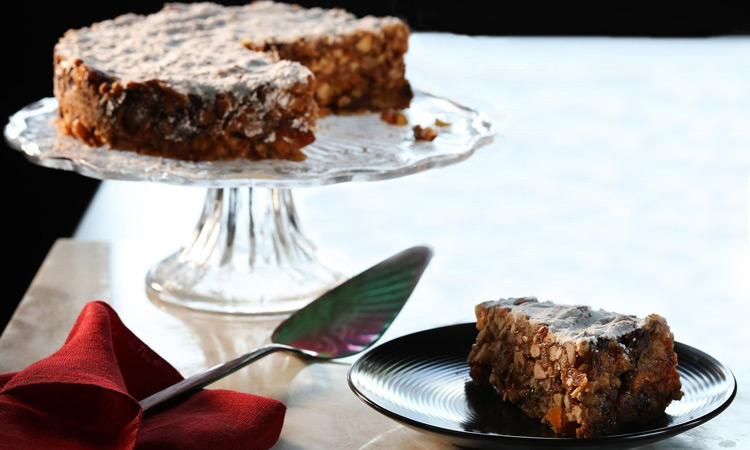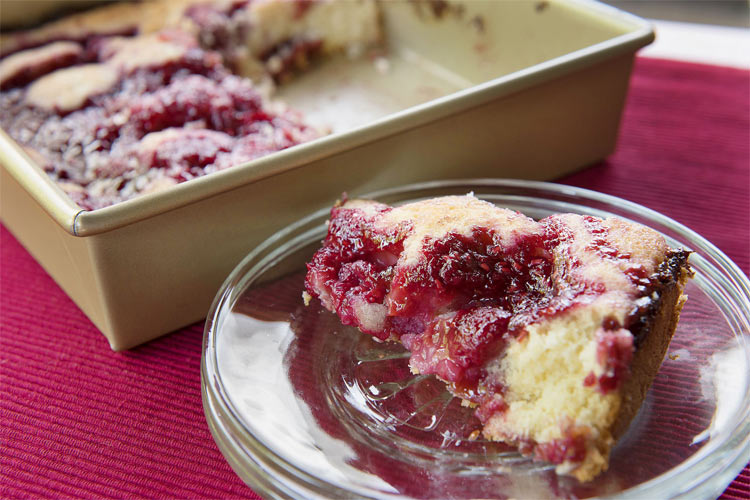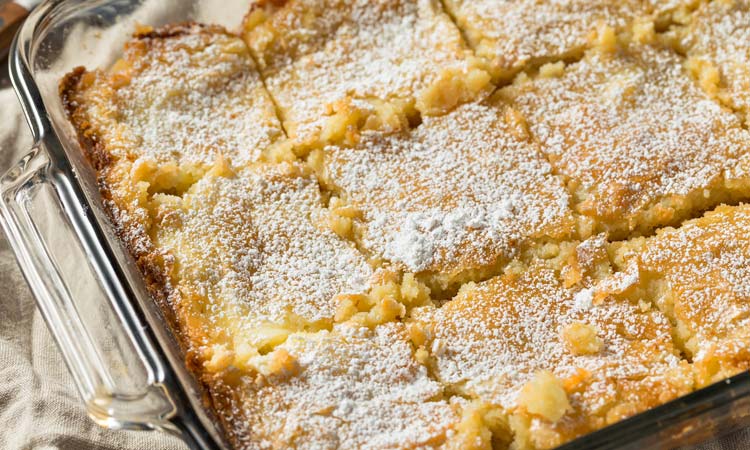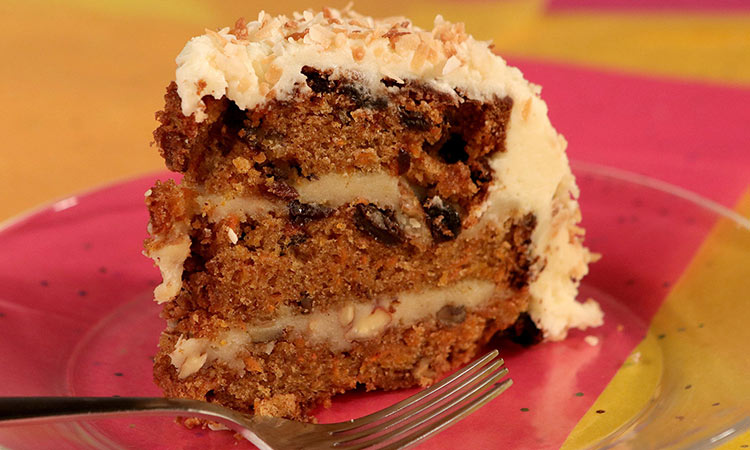Impress your guests with these custardy Portuguese tarts
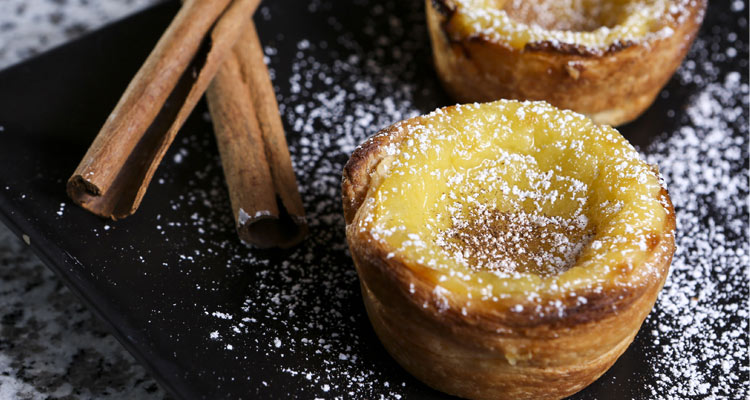
Pasteis de nata. Photographer: Colter Peterson/TNS
Daniel Neman
Have you ever watched The Great British Baking Show, seen something that looked good and said to yourself, “I have got to try to make that”?
And then you never did, right?
I watched an episode recently (I’m about a year or two behind), told myself “I have got to try to make that” — and then I actually made it.
It was wonderfully, spectacularly, magnificently amazing.
The bakers on the show had to make a Portuguese custard tart called pastéis de nata. The contestants were baffled, because they had never even heard of them before. I had certainly never heard of them.
I’m not even sure that a lot of people in Portugal have heard of them.
Pastéis de nata, according to The Great British Baking Show and a number of online sources, was created sometime in the 1600s or before at a monastery in Lisbon. The story is that monasteries at the time used egg whites to starch their clothes, which left a lot of yolks.
The monks figured out a great way to use those yolks: Make a sweet custard with which to fill small tarts with a puff-pastry crust.
Unfortunately, the recipe is also a bit complex. This is not a dish for the beginning cook. It takes time to put it all together, the filling requires more steps (and more pots) than a typical custard and the crust is traditionally made with puff pastry — which needs knowledge, patience and skill.
That is why I choose to make a simplified version of puff pastry that the Brits, in that clever way of theirs, call rough puff pastry. It’s easier to make than the real thing but is almost as good.
If even rough puff is too daunting, you could buy your own puff pastry dough at the grocery store. It won’t taste as good as the rough puff you’d make yourself, but the results are certainly better than acceptable.
The filling is a standard custard (milk plus egg yolks plus heat) that is sweetened with a supersaturated sugar solution. That’s just a combination of sugar and water that has had some of the water boiled out — it’s what candy makers know as thread stage.
The custard is also flavoured with a cinnamon stick and a couple of slices of lemon peel, which make it taste like more than just an ordinary custard. It tastes like a true pastéis de nata.
PASTEIS DE NATA
Yield: 12 servings
Ingredients
For the rough puff pastry:
150g all-purpose flour, see note
Pinch of salt
25g unsalted butter, diced and chilled, see note
4 to 6 tablespoons ice water
60g unsalted butter, frozen
For the custard:
375ml whole milk
45g all-purpose flour
2 strips of pared lemon zest
1 cinnamon stick
375g granulated sugar
7 large egg yolks
Note: If you have the time, place the 150g of flour for the pastry in the freezer for 30 minutes or so before using. If you have strong fingers, also place the 25g of diced butter in the freezer at the same time.
Method
1. For the pastry, mix the flour and salt together in a bowl. Rub in the 25g of chilled butter, until the mixture resembles breadcrumbs. Gradually add just enough ice water (about 4 to 6 tablespoons) to form a dough. Do not use too much water.
2. Roll out the dough to a rectangle on a lightly floured work surface. Grate half of the frozen butter over the bottom two-thirds of the dough. Fold down the top third and fold up the bottom third as if folding a letter.
3. Turn the folded dough 90 degrees and roll it out into a rectangle again. Repeat the process, grating the remaining frozen butter and fold as before. Wrap the dough in plastic wrap and leave to rest in the fridge for 30 minutes.
4. Roll and fold the pastry twice more, each time wrapping the dough in plastic wrap and refrigerating for 30 minutes.
5. Roll out the pastry on a lightly floured work surface to a rectangle measuring 8 by 12 inches. Starting from the short side, roll the pastry into a tight log. Cut the log into 12 equal discs.
6. Place 1 disc into a cup of 12-cup muffin pan, swirl-side up. Using lightly wet fingers, carefully press the pastry up the sides with your fingers, working from the centre outward, until the pastry reaches the top. Avoid tearing the dough on the bottom. Repeat with the remaining pastry discs. Chill for 20 minutes.
7. For the custard, pour the milk into a pan and whisk in the flour. Add the strips of lemon zest and the cinnamon stick. Bring to a simmer over medium-high heat, whisking continuously. Cook for 2 to 3 minutes until thick. Remove from the heat.
8. Dissolve sugar in 3/4 cup of water in a small pan over medium heat. Increase the heat and boil until mixture reaches 223 to 235 degrees (if you don’t have a candy thermometer, it is the right temperature when a drop placed in a glass of water forms a thread). Gradually whisk the boiling syrup into the milk mixture.
9. Put the egg yolks in a large bowl and strain the milk mixture over the top, whisking to combine. Cover the surface with plastic wrap and allow to cool.
10. Preheat oven to 475 degrees. Pour the custard into the pastry cases, leaving a slight gap at the top (you will have enough custard for 2 batches). Bake for 15 to 18 minutes, until the pastry is golden and crisp and the custard is bubbling with tiny brown spots. Cool the tarts in the pan for 5 minutes, then gently transfer to a wire rack to cool almost completely.
11. These are best served the day they are cooked, preferably still a little warm from the oven. If desired, sprinkle lightly with powdered sugar and cinnamon.
Per serving: 282 calories; 10g fat; 5g saturated fat; 126mg cholesterol; 4g protein; 46g carbohydrate; 33g sugar; 1g fibre; 213mg sodium; 55mg calcium
TNS
